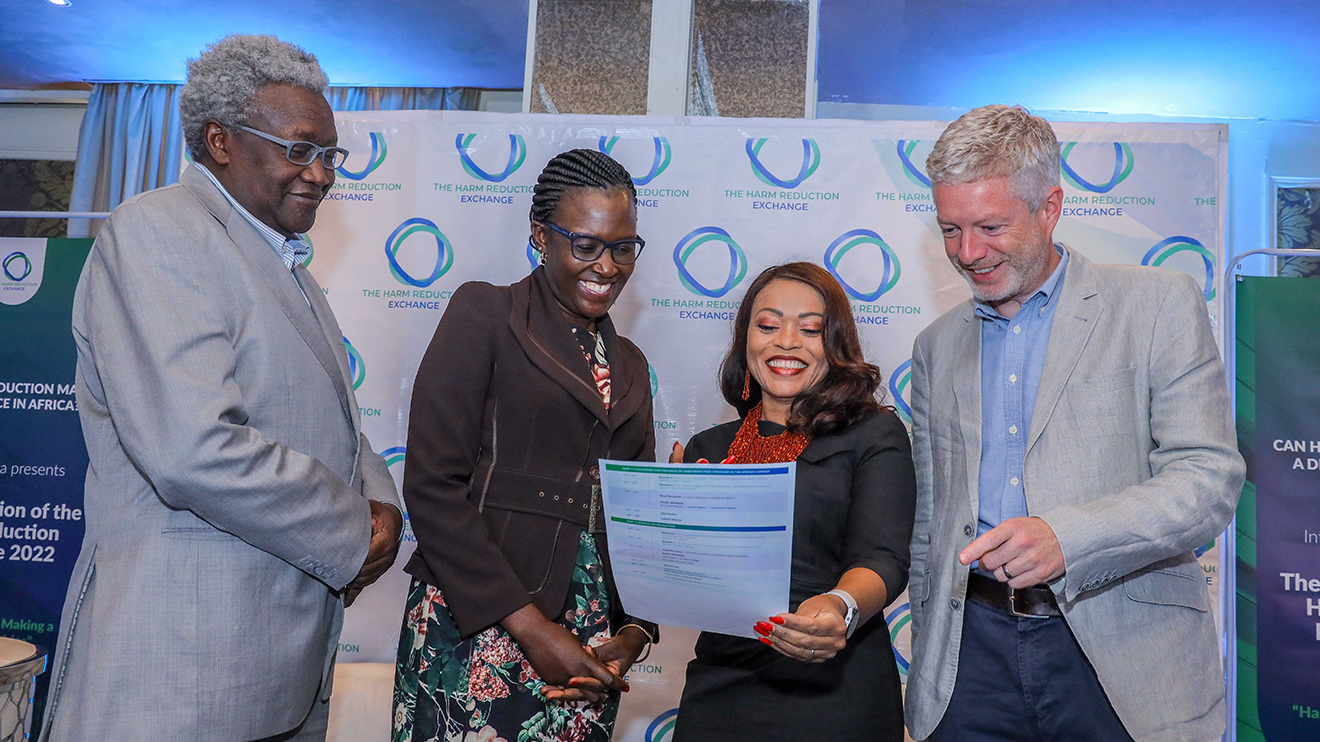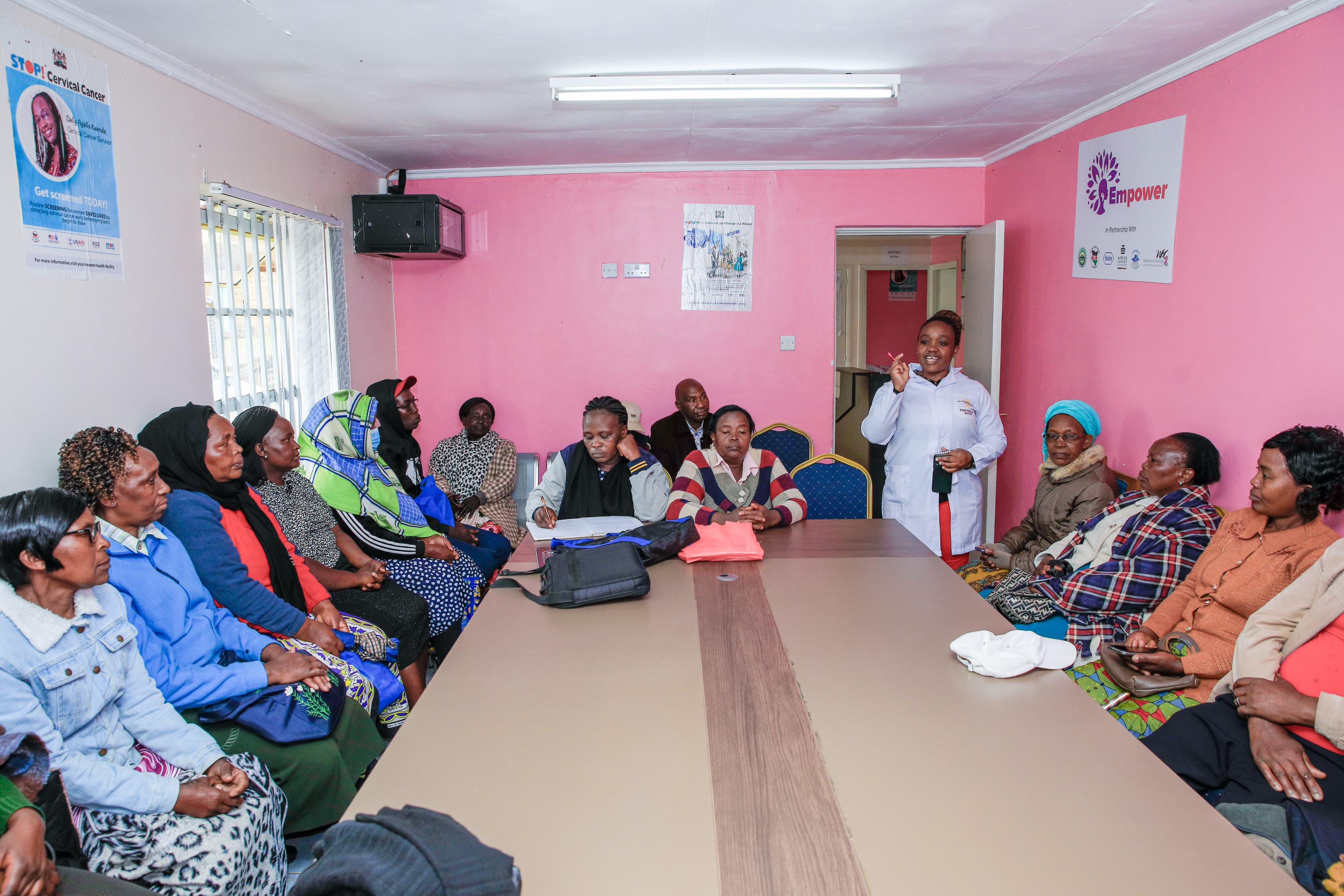African scientists attending the second Harm Reduction Exchange conference for African journalists have called for the adoption of harm reduction in strategies in public health and tobacco control.
Those attending the conference in Nairobi, Kenya noted that Harm Reduction Exchange cast a spotlight on alternative ways to reduce harm among tobacco smokers.
Themed “Harm Reduction: Making a difference in Africa”, the meeting discussed progress being made through harm reduction strategies in all fields related to public health including drug and alcohol abuse, excessive sugar consumption, skin lightening and other addictive and behavioral practices.
Organisers presented a variety of harm reduction strategies and initiatives that have been deployed towards reducing unnecessary deaths through non-communicable diseases.
Prof Abdoul Kassé, an Oncologist and a Professor of Surgery at the Cancer Institute in Senegal, said harm reduction is a powerful public health tool with the potential to reduce cancer by 30 per cent and should be adopted in all public health development strategies.
Read More
Prof Kassé noted that harm reduction had benefited many people in public health and is the most viable alternative in tobacco control.
It applies to areas where there is a need to lessen the harm linked to a practice or intake of a substance that is overused in the society leading to increased morbidity and mortality.
“Innovative Harm Reduction initiatives will help to keep more Africans alive. Tobacco Harm Reduction initiatives, including the use of popular e-cigarettes, nicotine patches and chewing gums, have continued to generate a lot of misunderstanding in both the public health community and in the media,” said Prof Kassé.
He added: “However, there is evidence that the use of potentially less harmful alternatives than cigarettes for those who are not willing or cannot give up smoking with currently approved methods may be a solution, not necessarily the best for everyone but by far better than continuous smoking. Where cessation repeatedly fails, switching to less harmful products is expected to result in benefits for many smokers.”
Echoing his remarks, Kenya’s Dr Vivian Manyeki said tobacco Harm Reduction is backed by science and medicine solidly and its adoption in public health can assist millions of smokers.
“Many smokers are unable, or at least unwilling, to achieve cessation through complete nicotine and tobacco abstinence. They continue smoking despite the very real and obvious adverse health consequences and against the multiple public health campaigns. Conventional smoking cessation proposals should be complemented with alternative but more realistic options through Harm Reduction,” said Dr Manyeki.
Tobacco Harm Reduction was introduced to lessen damages caused by cigarette smoking, which is the most dangerous form of tobacco use, and the leading cause of preventable diseases, including cardiovascular disease, lung cancer, and chronic obstructive pulmonary disease.

“Nicotine has an addictive potential but plays a minor role in smoking-related morbidity and mortality. Across the world, there is growing interest among experts in novel approaches towards tobacco control and there is an ongoing discussion that reducing the negative effects of smoking can be also achieved by tobacco harm reduction,” added Dr Kgosi Letlape, an ophthalmologist and President of Africa Medical Association and the president of the Association of Medical Councils of Africa.
Tobacco cessation plays a key role in preventing cardiovascular diseases and cancer and abstinence from tobacco smoking is one of the primary goals for health promotion and management globally but it is unachievable in a huge amount of cases despite extensive public campaigns on the health dangers of tobacco smoking.
Many smokers have adopted the innovations made in smoking products to reduce the health risks of smoking.
“The Harm Reduction approach prevents drug-related deaths and overdose fatalities and is the only way out for addicts. In the same way these alternative technologies can reduce tobacco harm and accelerate the journey to a smoke-free world as they reduce exposure to toxicants,” said Bernice Apondi, Policy Manager at Voices of Community Action and Leadership Kenya (VOCAL-Kenya).
The Harm Reduction Exchange conference drew journalists from countries in East, West and Southern Africa including: Kenya, Nigeria, Botswana, Ethiopia, Lesotho, Malawi, Mozambique, Namibia, Rwanda, Eswatini, Tanzania, Uganda, South Africa, Zambia, and Zimbabwe.
A host of high-level policy makers, physicians, scientists and health policy experts also converged with the media challenged to play a greater role to accelerate Harm Reduction efforts by sensitising smokers on available alternative, possibly lower-risk products to cigarettes.












